the cement tile is suggested for use in many places. The flooring of construction is one of them. The cost of these tiles is measured per square meter. Cement tiles can be the star of all tiles. It is elegant and we can use it on walls and floors to achieve unique design patterns.
In this article, we are going to share a complete guide on how to design cement tiles to design your living space. Cement bricks appeared in the middle of the 19th century and flourished in the 1900s. They peaked in the early 20th century. Gradually, we begin to see them in homes, businesses, or public places.
From the 1950s, they disappeared and the tile trend took off. these tiles are made from a blend of cement, sand, and marble powder. Today, they are available in colorful and fashionable patterns of contemporary art. You will see them decorated with mosaics, flowers, geometric shapes, and even animals.
Some people choose the perfect connection between each pattern, while others prefer to put different tiles together to put together colorful ideas. They perfectly embody the ideal vintage floor in a style that is both authentic and contemporary.
Cement bricks are a popular wall decoration to decorate homes. It adds character to any room in the house. From the living room to the bathroom to the kitchen, cement tiles combine retro with modern.
Cement tiles are made of white cement, water, white marble powder, sand, and colored pigments. This traditional handmade paste is then poured into molds with various patterns, then compressed and dried using a hydraulic press for several weeks.
Cement tiles are very hard-wearing, and their many patterns make them a very creative decorative material. Wall cement tiles should be laid on perfectly flat walls with plaster, plasterboard, cement, or breeze blocks. Cement bricks can adapt to any room in the house, regardless of the humidity level.
They find their place in the kitchen as a backsplash, framing the bathroom sink, or perfecting the decor of the walk-in shower. The manufacturing cost of cement tiles makes it quite expensive.
In addition, it is not suitable for laying on the ground. However, there are other solutions. Cement brick replicas are less expensive but guarantee the same possibilities in terms of decoration.
These tiles are very resistant and can be installed in high traffic areas such as hallways, living rooms, kitchens, or bathrooms. In glazed pottery, they are very similar in pattern and color.
Their contrasting colors offer excellent durability because they are tinted; as they age, they retain their undeniable charm and elegance. This floor covering can delimit the space of a house, as well as delimit a space within a room by highlighting a piece of furniture, the space in front of the fireplace, or the kitchen space.
PVC imitations of cement bricks also offer a lower cost solution. In the form of slabs, planks, or rolls, they present different textures but remain consistent with the decorative aspect. Cement tiles offer many possibilities in terms of patterns and colors, and give free rein to creativity in interior decoration.
Patterns vary from simple to complex, including solid colors, two-tone checkerboards, quincunxes, rosettes, and arabesques. The patterns, sizes, and shapes of cement tiles can be combined to create a unique decor. Shades of shapes mingle with color tones to create vintage, classic, graphic, or colorful styles.
Whether traditional or modern, cement tiles can create a unique decoration in retro, retro, and contemporary design styles. In addition to style and location, here are the criteria to pay special attention to when choosing cement tiles.
This thickness must be taken into account for a good connection to neighboring materials. The imitation cement floor and wall tiles are thicker than traditional tiles and therefore more durable.
Wall cement tiles are traditionally sized 20×20, but larger or smaller variants are also available. The many geometric shapes available – squares, rectangles, octagons, or hexagons – allow you to play with shapes and create a very decorative patchwork.
Cement tiles can be installed in all rooms of the house, regardless of access or humidity. However, when placed in a damp room, it should be waterproofed to overcome its porosity.
Installation and maintenance of cement tiles
Laying of cement tiles
Work on a wall or floor that is as flat and clean as possible. First, you need to do the layout. Styles can be:
- Traditional: This involves making a screed for wet cement mortar.
- Bonding Mortar: Apply a thick coat of bonding mortar to compensate for surface irregularities.
In any case, hitting the tile with a mallet and soaking it in water is not recommended. Waterproofing must be done during installation to protect the cement blocks from the water, oil, and grease.
An annual treatment with wax, varnish, or resin is recommended. Routine maintenance is easily done with water and black soap. You should avoid using bleach, white vinegar, or any other cleaning product.
The Moroccan style has become very popular in interior design over the past few years. It offers luxurious oriental designs that can impress anyone. Cement tiles are most often used to create beautiful patterns.
However, this finishing material is far from new. Centuries ago, it was used to cover the floors and walls of the luxurious castles of the sultans and other wealthy residents of the East.
Later, the love of chic appeared in the United States. Many years later, palaces decorated with this material are still magnificent in their appearance. It represents the durability and many other advantages of cement tiles. Although this finishing material has undergone some changes over the years, its composition has remained the same.
After blending all the ingredients, the coming about mixture is poured into extraordinary molds. A colored filler with a fine structure is then applied.
Due to this, the material does not let water through, which is a great advantage. To add brightness, manufacturers paint the surfaces of tiles with acrylic paints of saturated colors, the most common of which are red, yellow, brown, and graphite. You’ll be able discover tiles in other shades in stores.
Cement tile cost
Although the cost of cement tiles is lower than other types, they have many advantages that explain their popularity:
The material is very durable and wear resistant. The surface has a long service life, up to a hundred years. The preservation of the castles and palaces of the last century attests to this. Tiles made of cement mixes are very resistant to negative natural phenomena. These tiles are not affected by sudden changes in temperature, humidity, or UV radiation. That is why cement tiles can be installed not only in rooms and hallways, but also in places with high humidity (bathrooms and kitchens). Many people are satisfied with the ecological purity of this material. It applies not only to the finished product, but also to its manufacturing process. In recent years, this has become a deciding factor for many people when choosing home improvement materials.
The attractive appearance of the tile is due to its special composition and polished finish. They also give it the ability to repel dirt and liquids, which greatly facilitates the process of cleaning surfaces. Cement material is perfectly combined with other types of finishes, allowing you to make the interior refined and original.
One of the great advantages of cement bricks is that they are affordable. However, this material also has some disadvantages. For example, some types of tiles have slippery surfaces. It can be dangerous to cover the entrance to a room with this material in the winter.
The downside for some is the gradual fading of the coating. While tile ages evenly and even beautifully, not everyone loves it. The sequence of laying cement tiles is similar to the principle of using natural stone.
However, work can only be carried out once the rest of the repairs have been completed. First, you need to make sure the surface is flat and dry. Also, if there is a warm floor, it is important to check the heating 30 days after installation.
You must apply a special tile adhesive to the surface to be laid. Then it is worth lubricating the joint face of the board and carefully laying each element. It is important to make sure to use the correct amount of binder (too much or too little can affect the result).
After 24 hours, the floor is washed and oiled with a special solution of beeswax to form a waterproofing membrane. In addition to finishing the interior, this material can also be used to cover exterior spaces. But in this case, it is important to take into account the requirements of the base – it must be waterproof.
Due to the trend of Moroccan style, cement tiles have become an integral part of many homes. Combined with a beautiful console table and a mirror, this finish looks great on hallway floors.
An oriental style vase would be a great combination. Many people use this material to cover the floor of their living room or dining room. Pair it with the right furniture and a soft sofa to fill the room with oriental spirit, luxury, and richness.
In private homes, cement tiles are used not only to decorate the floor but also to decorate the walls in the bathroom. If you light a lavender-scented candle while swimming, you’ll feel like you’re in Morocco. However, such diverse models are not to everyone’s taste.
If you want to furnish an oriental bathroom, you can decorate its walls with white tiles. The same bathtub can be built in the opening, lined with cement bricks. To make it look organic, you can choose accessories in a similar style, such as a pretty candle holder or a mirror.
If patterned finishes aren’t your thing, opt for solid color tiles in two or more colors for the floor. A monochromatic coating looks simpler and bolder. At the end of manufacture, cement tiles are matte, porous, and easily absorb stains. Therefore, the filler must be passed through after the installation.
The tile must be dry. Otherwise, the wax will not penetrate sufficiently. You can use a cloth to apply semi-paste pewter in two very thin coats a few hours apart, then buff with a clean, dry cloth. Once a year, the tiles should be treated to protect them, waterproof them, and enhance/finish their color.
This treatment is preferable in summer when the tiles are very dry. Working on wet ground can produce very small black spots which disappear after a few months.
First, remove the stain with a very fine abrasive, then wipe off any dust residue. Wash with a mop and soap. Several treatments are available, according to your tastes and possibilities.
With wax: This is the ideal treatment. Generously apply colorless liquid marble wax to waterproof the cement and give it a satin finish.
Use linseed oil: this option is ideal for waterproofing floors. But it will change the color of tiles, especially white and pastel tiles, making them slightly yellow. The floor at that point takes on a rural appearance.
Pore Filler: Follow the manufacturer’s instructions and apply two to three coats of the product with a brush or sponge, depending on the brand. The filler is deeply waterproof and protects tiles from stains.
By crystallization: This can only be done by an experienced professional. It makes cement tiles sparkle like enamel.
Cement bricks become beautiful with age, unlike glass bricks which never leave a mark over time. Their immaculate appearance allows them to blend harmoniously into old interiors, where they seem to have always been, as well as into modern interiors.
They are elegant, sometimes original, and with their retro and authentic spirit, they give the house a soul and nobility. Cement tiles can be the perfect choice for your interior design project.
If you are looking for something that lasts and has an enduring beauty, then cement tiles are the way to go. It can be a great investment and give you an unforgettable experience.

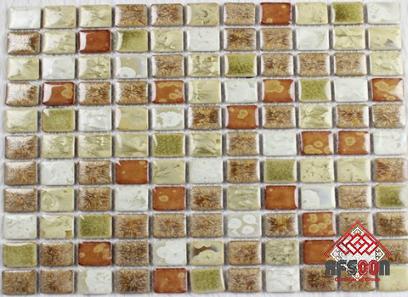

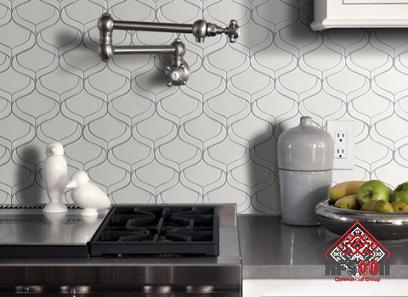
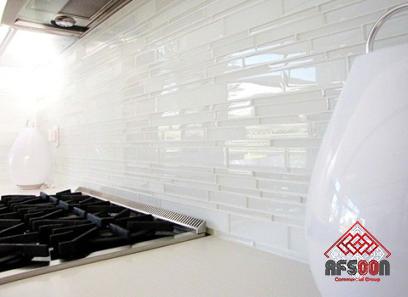
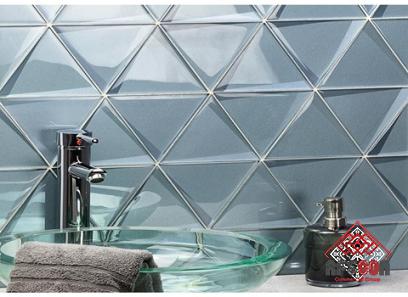
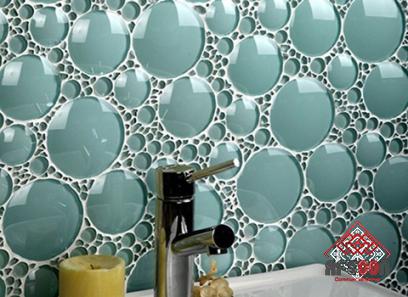

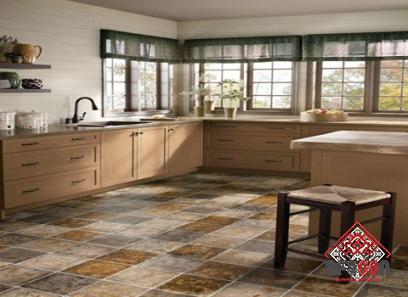
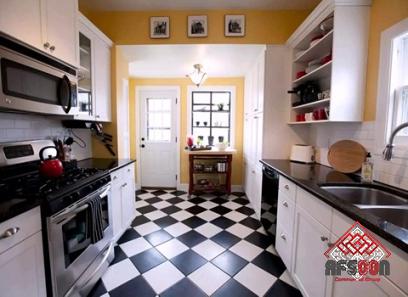
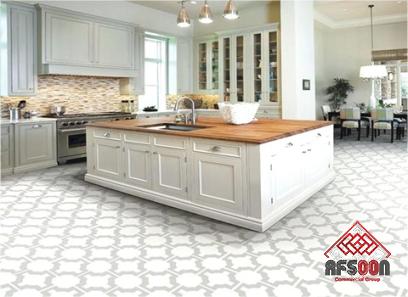
Your comment submitted.